Urban landscapes are constantly evolving, but some cities have undergone such dramatic transformations in the past decade that they’re barely recognizable to those who haven’t visited recently. From skyline-altering construction booms to revolutionary urban renewal projects, these metropolitan areas have reinvented themselves at an astonishing pace.
Here is a list of 20 cities worldwide that have experienced remarkable visual and functional transformations since the early 2010s.
Dubai, UAE
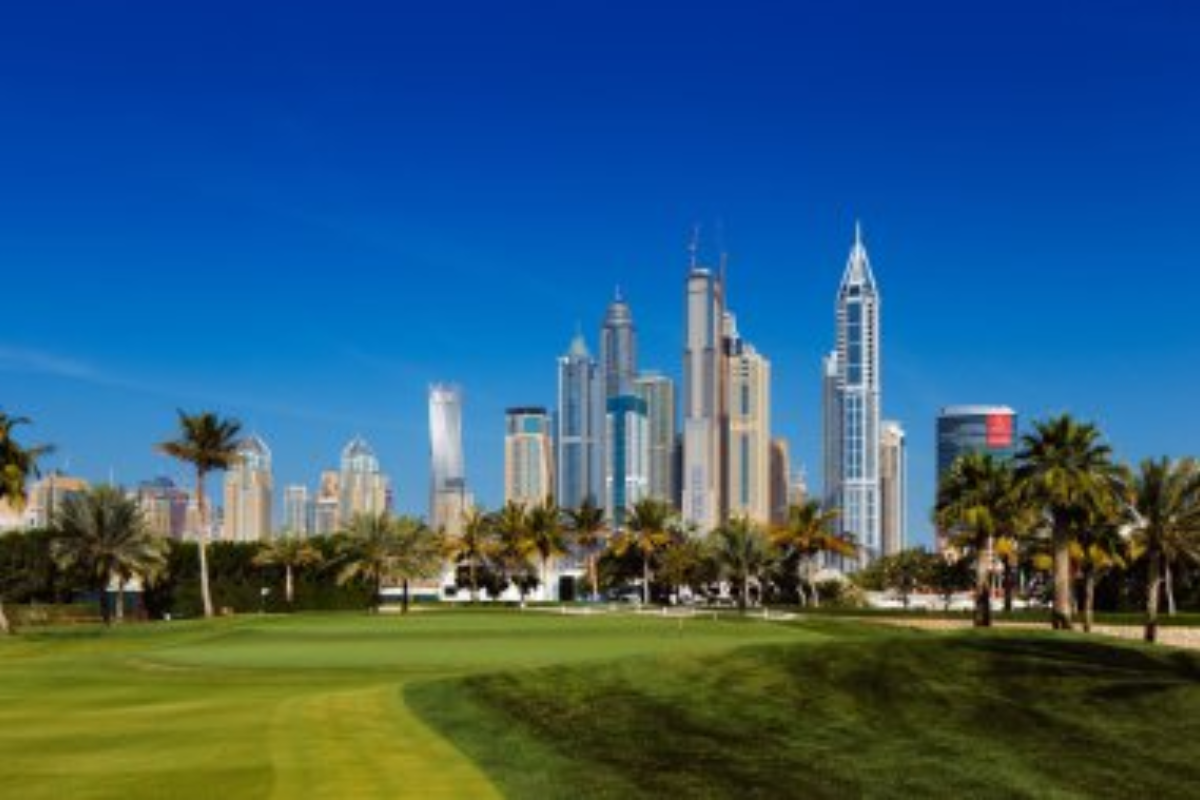
Once a modest desert port, Dubai has continued its meteoric rise with dozens of new skyscrapers appearing each year. The completion of the Burj Khalifa in 2010 was just the beginning.
The city added artificial islands, the Dubai Frame, the Museum of the Future, and numerous gravity-defying towers that have completely redrawn its skyline. The transformation also includes the introduction of the Dubai Metro, which has altered how people navigate this sprawling metropolis.
Nashville, Tennessee
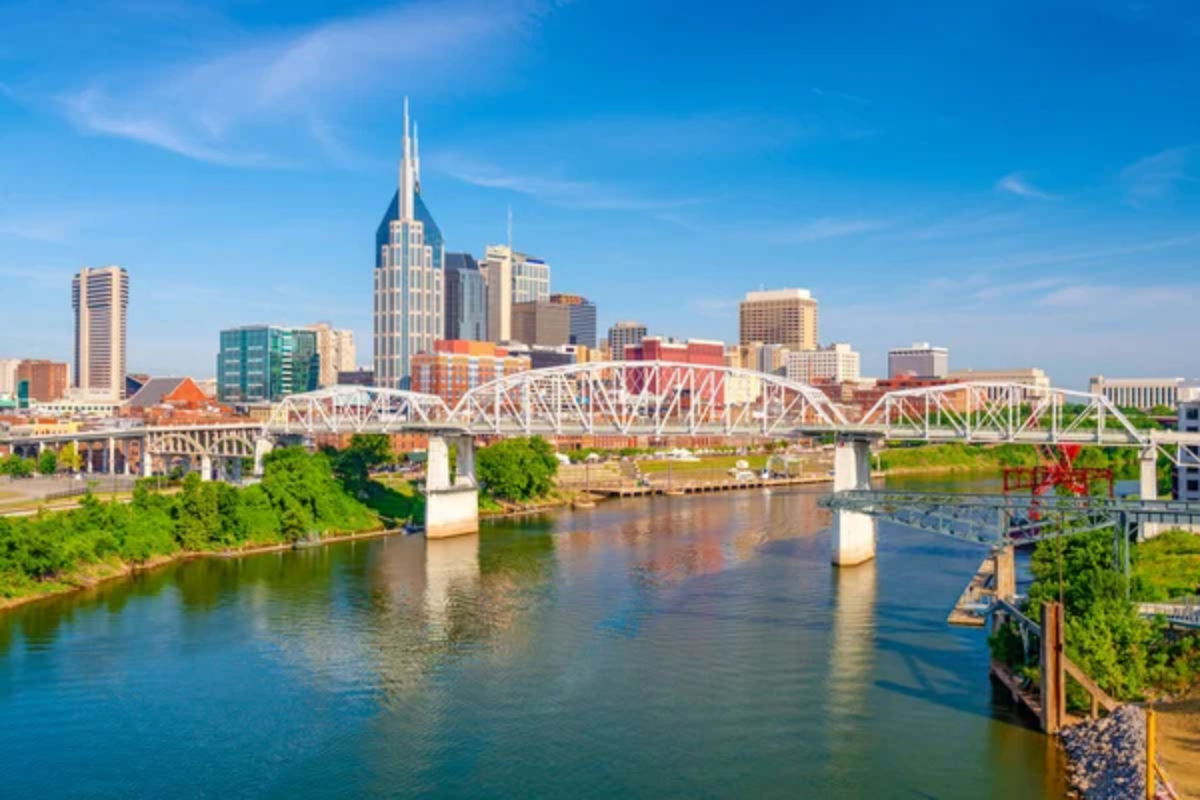
Nashville’s downtown and surrounding neighborhoods have experienced an unprecedented construction boom. The city’s silhouette has been dramatically altered with the addition of towers like 505 Nashville and the J.W. Marriott.
Beyond the skyline changes, the once-quiet neighborhoods of East Nashville and The Gulch have transformed into bustling urban centers with trendy restaurants and apartment complexes replacing vacant lots and industrial spaces.
Like Travel Pug’s content? Follow us on MSN.
Shenzhen, China

Perhaps no city exemplifies rapid development like Shenzhen. This former fishing village turned tech hub adds approximately 600 new buildings annually.
Its skyline now features architectural marvels like the 1,965-foot Ping An Finance Center and the sinuous Shenzhen Bay Cultural Center. The city has evolved from China’s manufacturing center to an innovation capital, with infrastructure and architecture to match its new status.
Detroit, Michigan
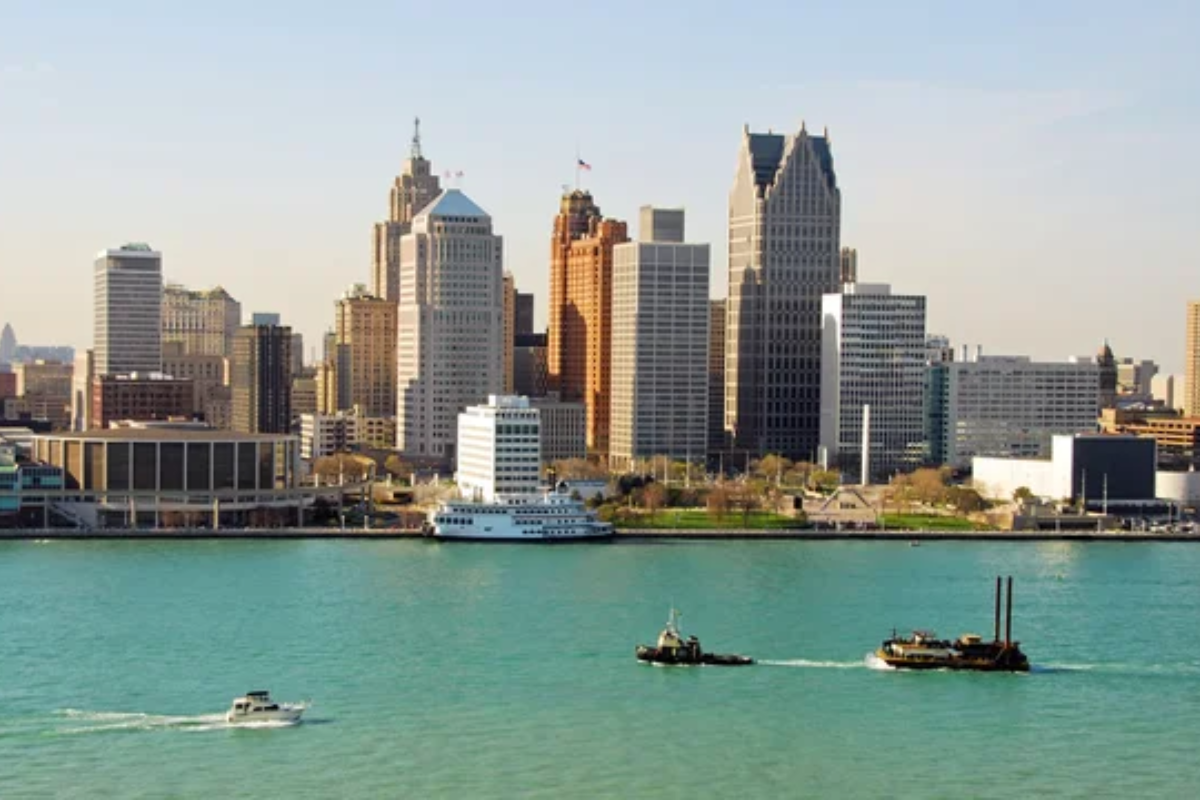
Detroit’s transformation represents a different kind of urban evolution. After decades of decline and a bankruptcy filing in 2013, the city has experienced a remarkable revitalization.
Downtown Detroit and Midtown now feature renovated historic buildings, new businesses, and public spaces where abandoned structures once stood. The QLine streetcar, completed in 2017, connects neighborhoods along Woodward Avenue, while formerly empty buildings now house tech startups and creative enterprises.
Doha, Qatar
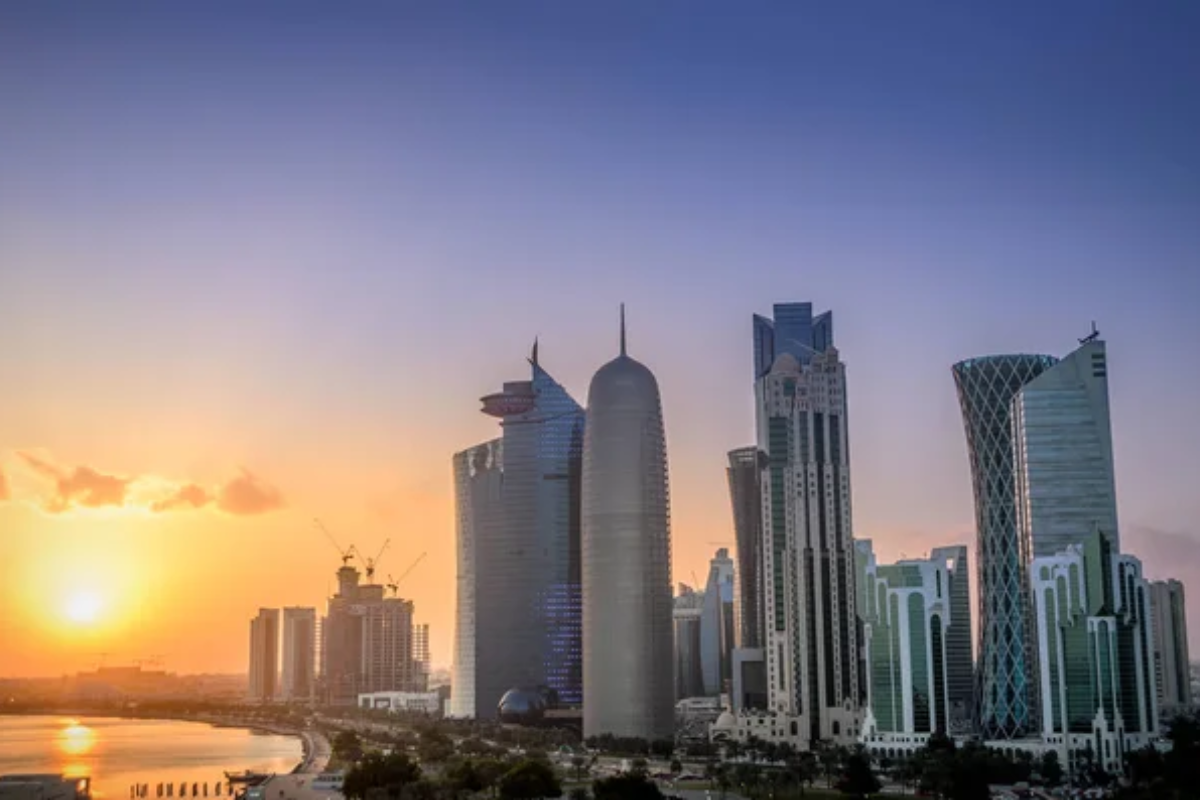
In preparation for the 2022 World Cup, Doha underwent a massive building spree that reshaped the entire city. The West Bay district sprouted dozens of striking skyscrapers, while entirely new neighborhoods like Lusail City appeared almost overnight.
The city added multiple subway lines, the futuristic National Museum of Qatar, and numerous cultural institutions that transformed it from a regional business center to a global destination.
Like Travel Pug’s content? Follow us on MSN.
Medellín, Colombia
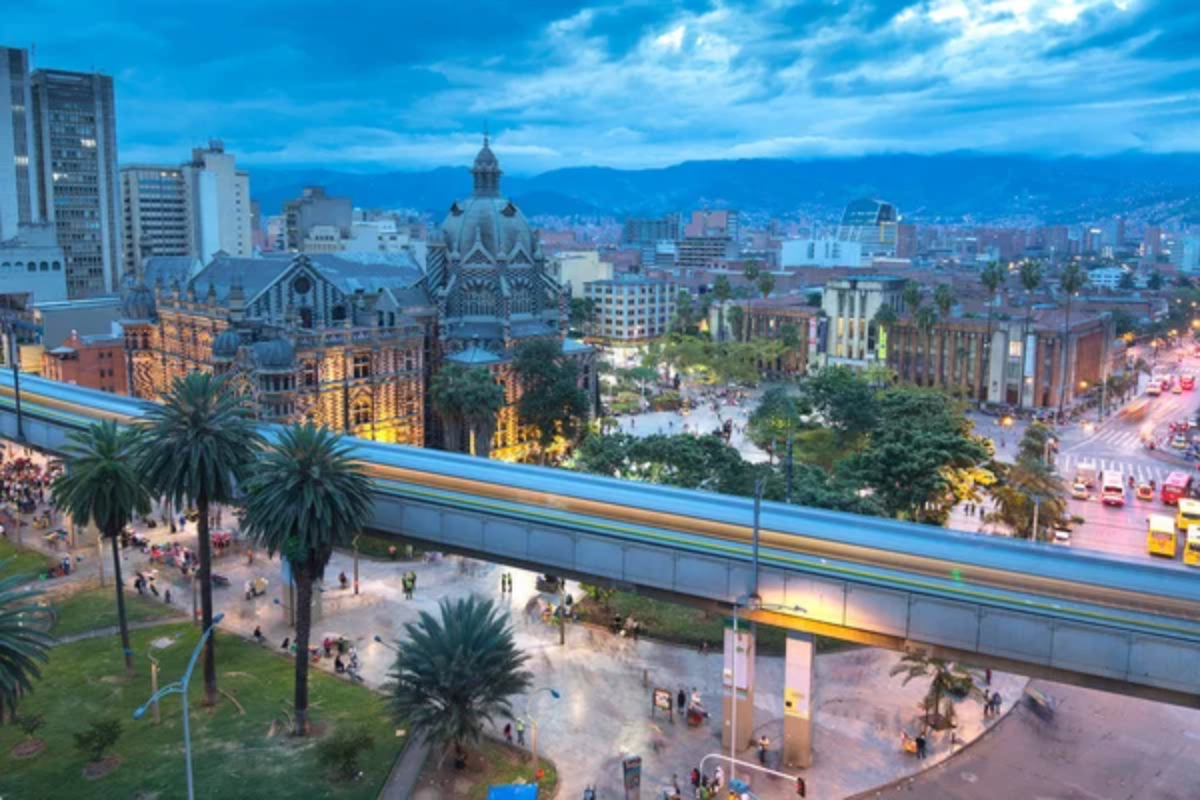
Once notorious for crime, Medellin has become a model for urban innovation. The city implemented an extensive cable car system connecting previously isolated hillside neighborhoods to the city center.
New public spaces, libraries, and parks have replaced areas once dominated by conflict. The Parques del Río Medellín project has transformed what was an industrial corridor into miles of green space, fundamentally changing how residents interact with their city.
Denver, Colorado
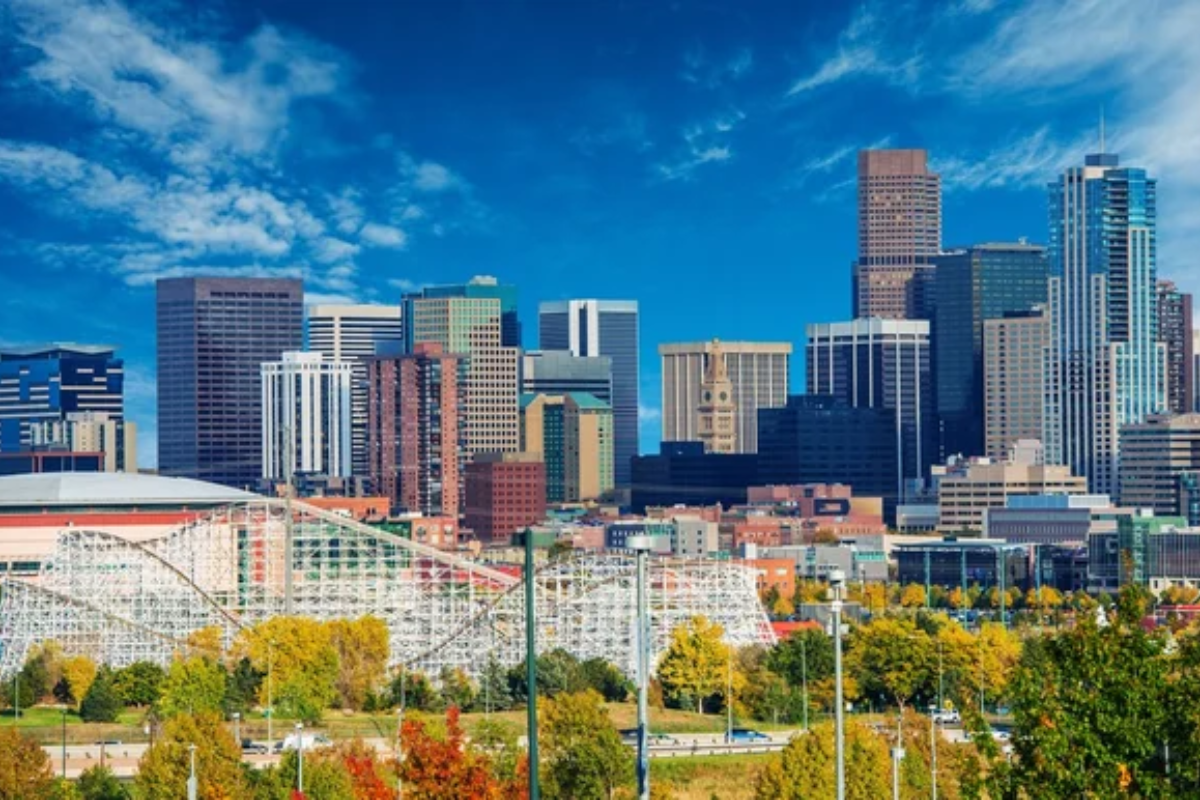
The Mile High City has experienced dramatic growth, with its downtown population increasing by over 40% in the last decade. The redevelopment of Union Station into a transit hub and social center symbolizes Denver’s transformation.
New residential towers have sprung up throughout downtown and the River North Art District. At the same time, formerly industrial areas have been converted into vibrant mixed-use neighborhoods filled with breweries, restaurants, and creative businesses.
Singapore
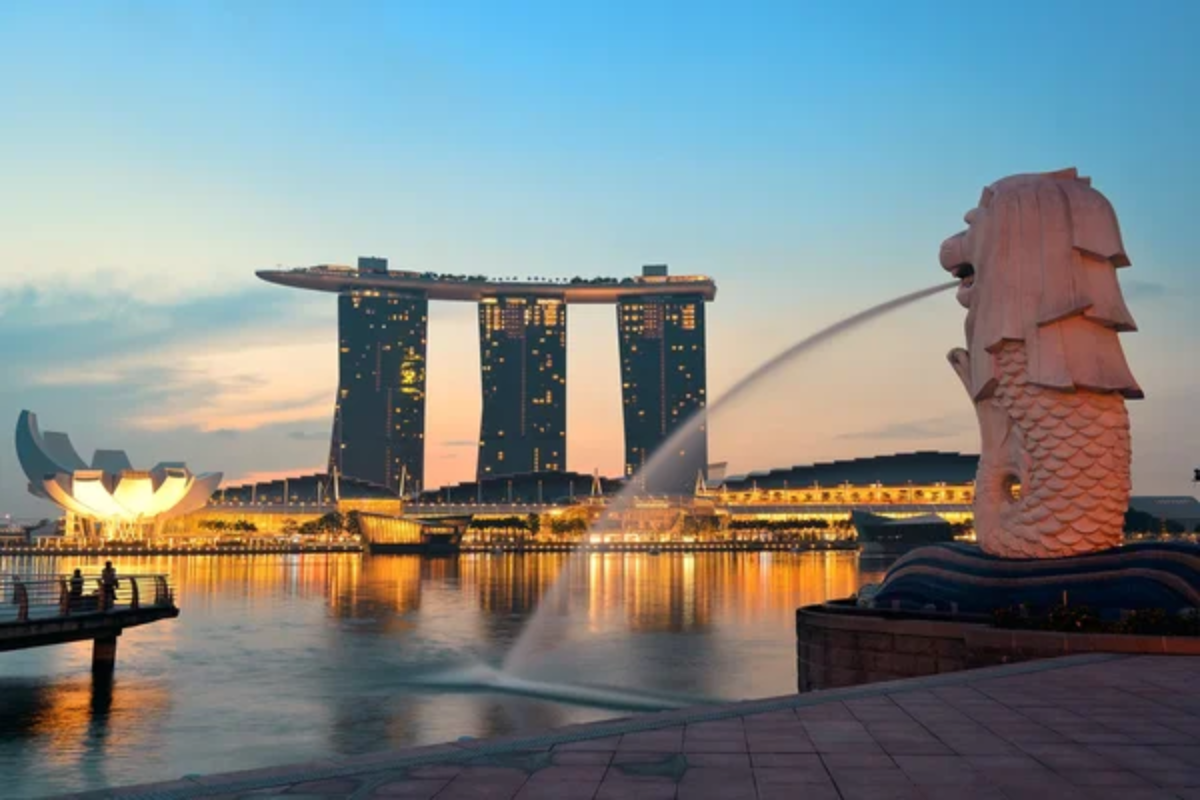
Already known for exceptional urban planning, Singapore has managed dramatic transformations. Gardens by the Bay, with its iconic Supertrees, opened in 2012, creating an entirely new visual identity for the city-state.
The Marina Bay area has continued to evolve with additions like the Apple Store on the water and the Jewel Changi Airport, featuring the world’s tallest indoor waterfall, which has redefined what an airport can be.
Like Travel Pug’s content? Follow us on MSN.
Bilbao, Spain
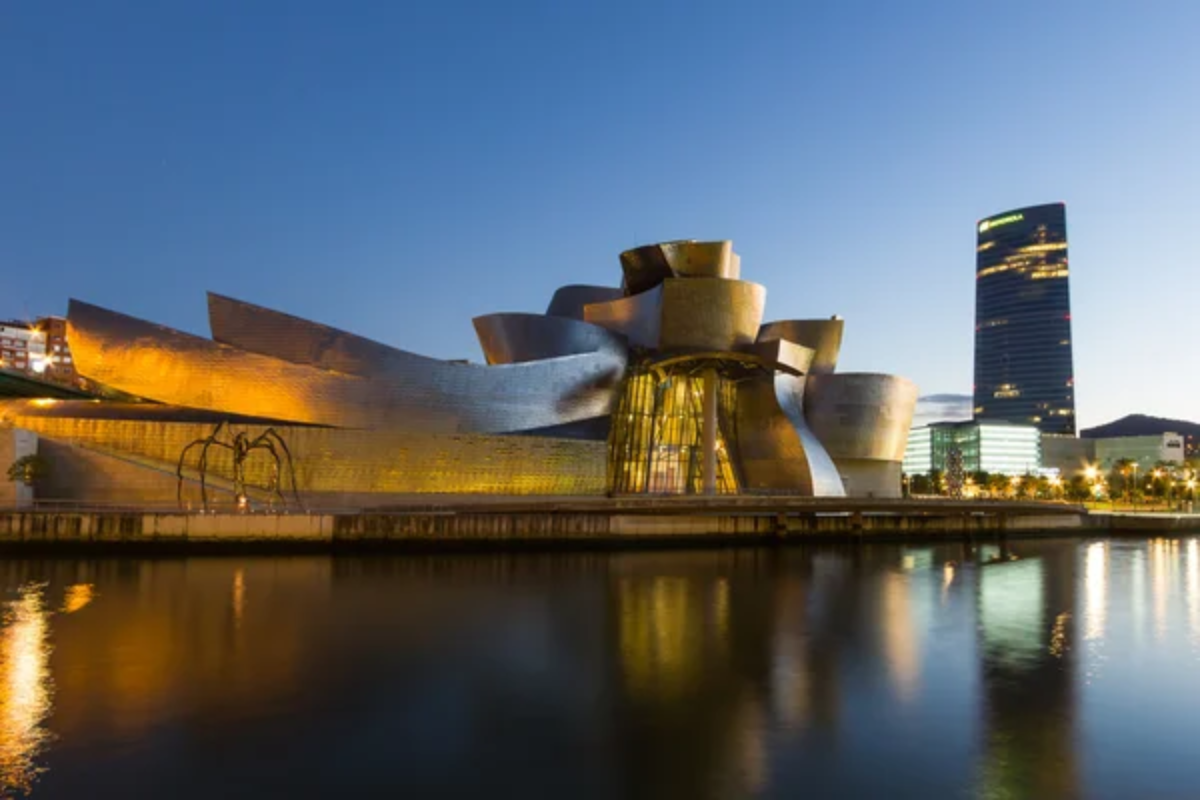
Building on the ‘Bilbao Effect’ that began with the Guggenheim Museum, this formerly industrial city has continued its transformation into a cultural and design center. The Abandoibarra district has evolved from shipyards to a completely new neighborhood with the Iberdrola Tower, the Euskalduna Palace, and expansive public spaces along the Nervión River.
The city has also expanded its metro system and pedestrianized large sections of the center, creating a more livable urban environment.
Oklahoma City, Oklahoma
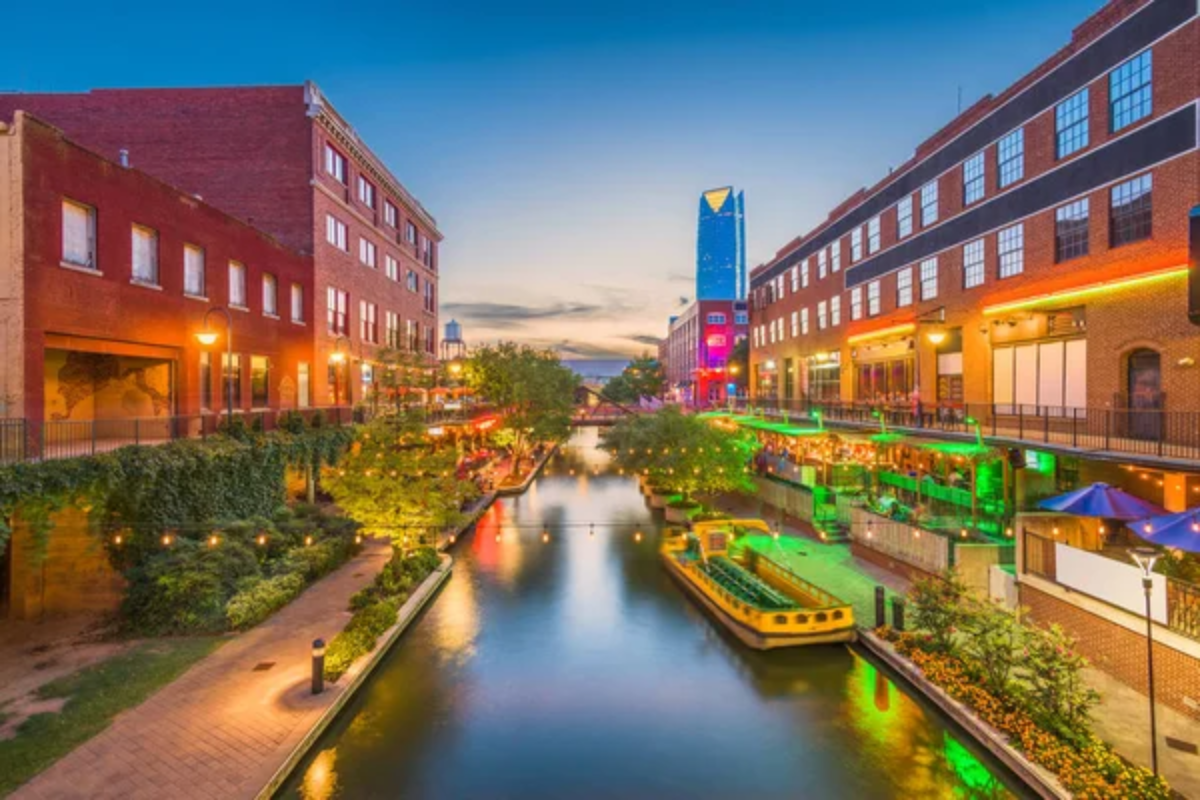
Few American cities have transformed as dramatically as Oklahoma City. The completion of the Scissortail Park, the new convention center, and the OKC Streetcar system has created an entirely new downtown experience.
The Oklahoma River, once a neglected waterway, is now home to a world-class rowing facility and miles of recreational trails. The revitalized Paseo Arts District and Plaza District have evolved from run-down areas to vibrant cultural centers.
Astana (Nur-Sultan), Kazakhstan
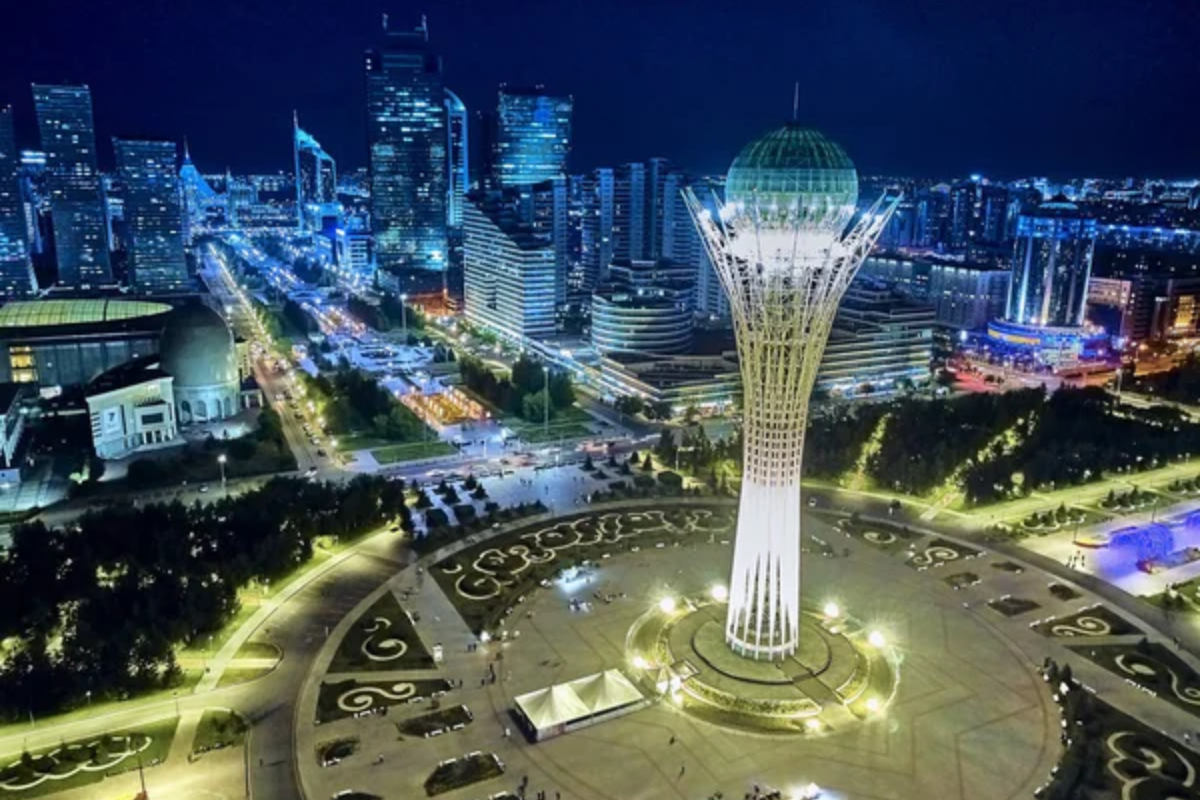
Renamed Nur-Sultan in 2019 (though recently changed back to Astana), Kazakhstan’s capital has undergone one of the most dramatic planned transformations of any city. The left bank of the Ishim River features dozens of futuristic buildings designed by renowned architects like Norman Foster.
Notable additions include the Khan Shatyr Entertainment Center, a giant transparent tent covering an indoor beach and shopping mall, and the spherical Nur Alem pavilion that has become a city symbol.
Like Travel Pug’s content? Follow us on MSN.
Pittsburgh, Pennsylvania
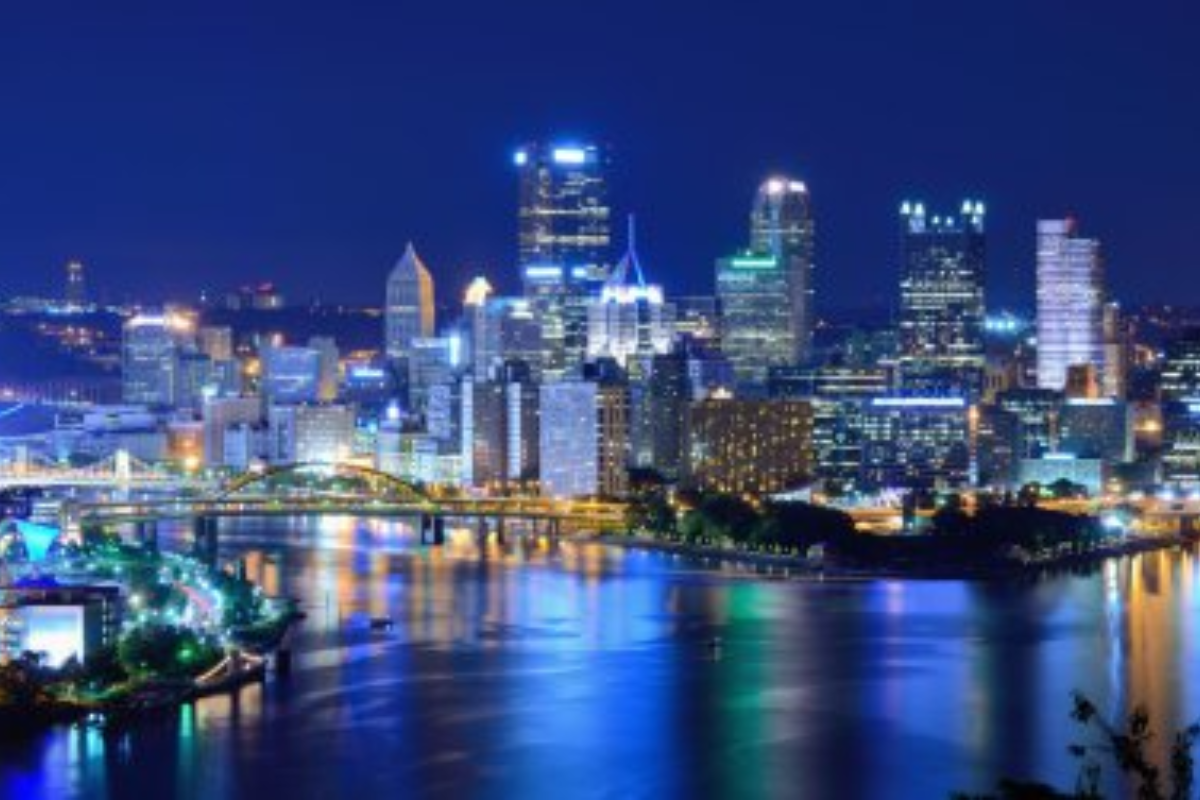
Pittsburgh’s transformation from industrial center to tech hub is reflected in its changing appearance. The Strip District and Lawrenceville, once characterized by warehouses and factories, now feature sleek apartment buildings and office spaces housing tech companies.
The former Almono steel mill site has been reborn as Hazelwood Green, a sustainable innovation district. Meanwhile, downtown has seen new skyscrapers and the complete redevelopment of the Point State Park area.
Christchurch, New Zealand
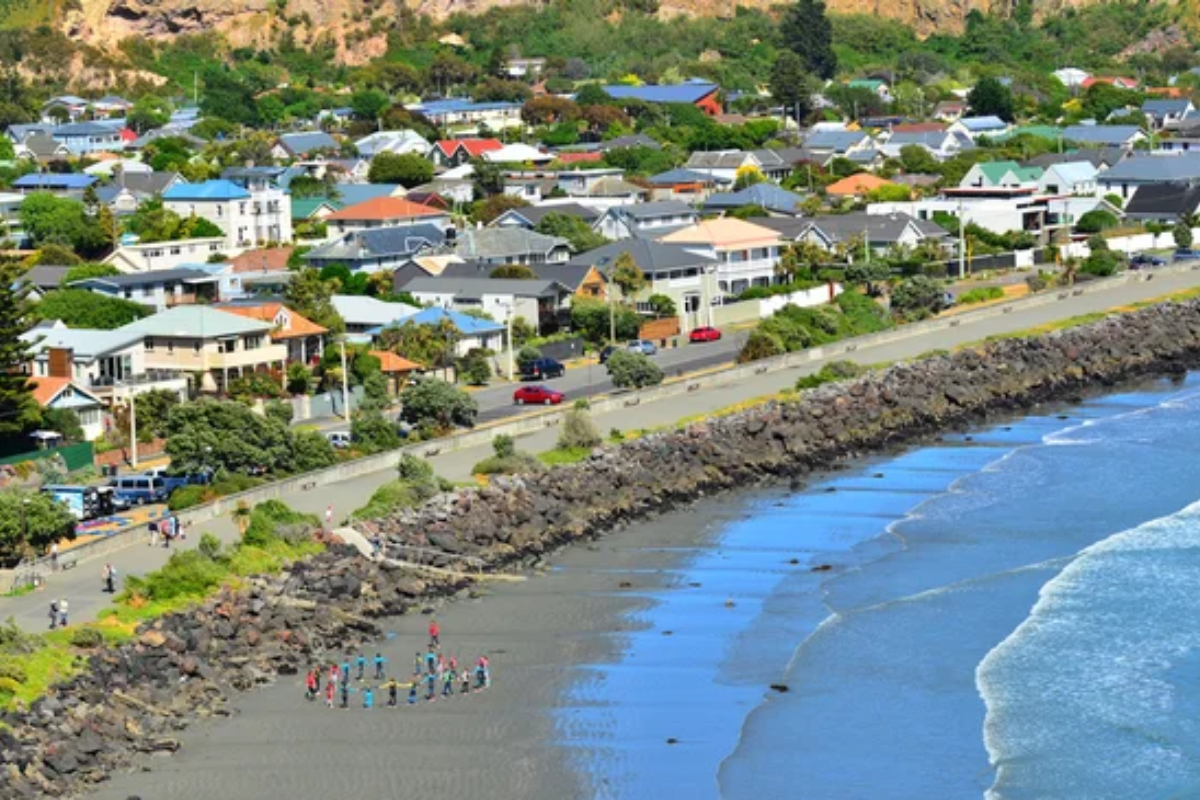
Following devastating earthquakes in 2010 and 2011, Christchurch embarked on a comprehensive rebuild that has dramatically altered its appearance. The city center features innovative projects like the Cardboard Cathedral and the vibrant Riverside Market.
Entire new shopping districts have been created from shipping containers, while substantial portions of the downtown area have been reimagined with sustainability and resilience in mind. The transformation represents not just reconstruction but a complete rethinking of urban spaces.
Abu Dhabi, UAE
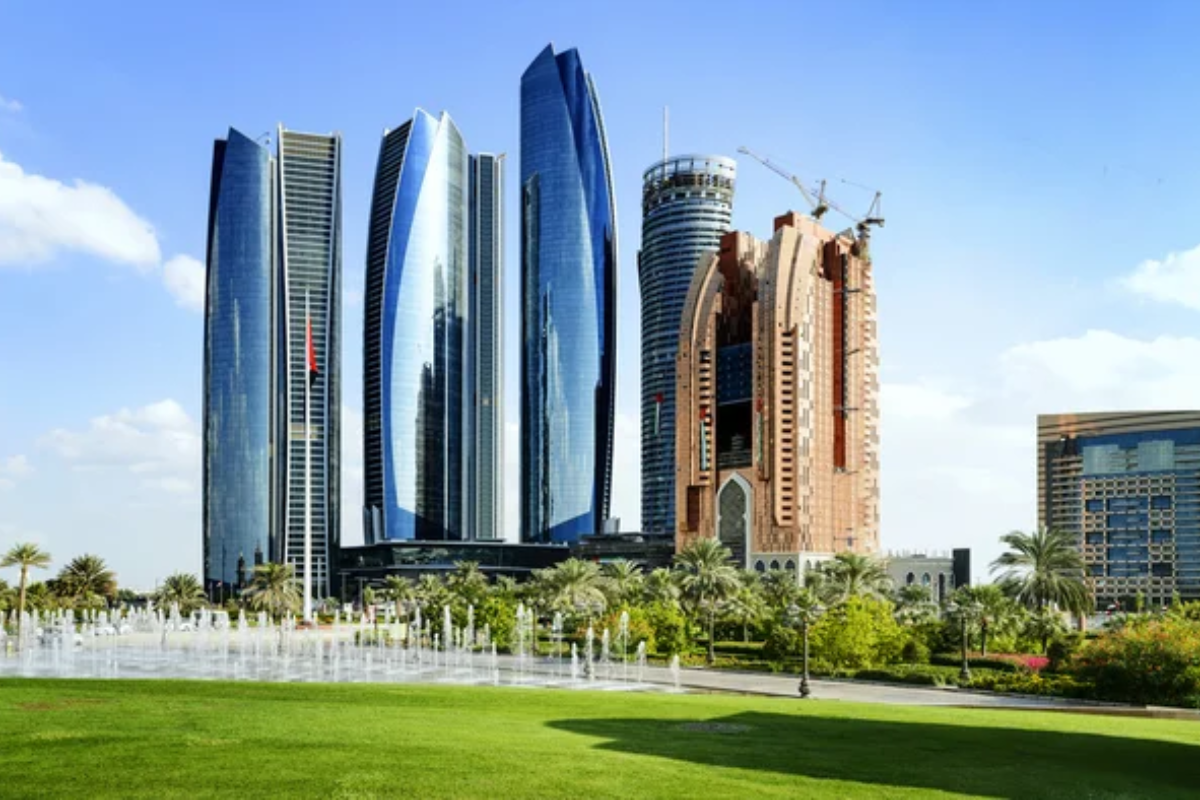
Often overshadowed by neighboring Dubai, Abu Dhabi has undergone a remarkable transformation. The completion of cultural landmarks on Saadiyat Island, including the Louvre Abu Dhabi with its distinctive dome, has created an entirely new district.
The development of Al Maryah Island as a business and luxury retail center has shifted the city’s center of gravity. Meanwhile, Yas Island has evolved into an entertainment destination with Ferrari World, Warner Bros. World, and the Formula 1 circuit.
Like Travel Pug’s content? Follow us on MSN.
Toronto, Canada
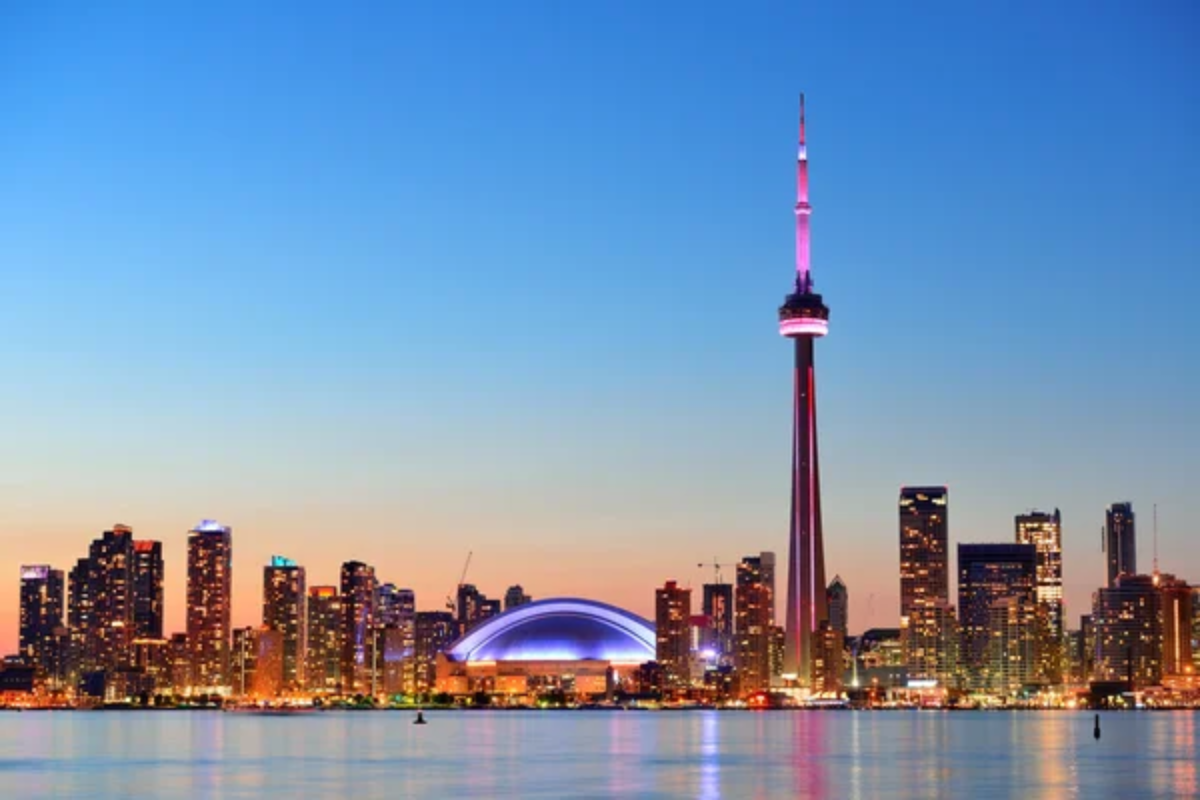
Toronto’s skyline has been dramatically reshaped by a decade-long construction boom that added hundreds of new buildings. Areas like South Core have been completely transformed from parking lots to forests of skyscrapers.
The revitalization of areas like Regent Park has replaced aging housing projects with mixed-income, sustainable communities. New recreational spaces like The Bentway under the Gardiner Expressway and the transformation of Ontario Place have created entirely new ways to experience the city.
Riyadh, Saudi Arabia
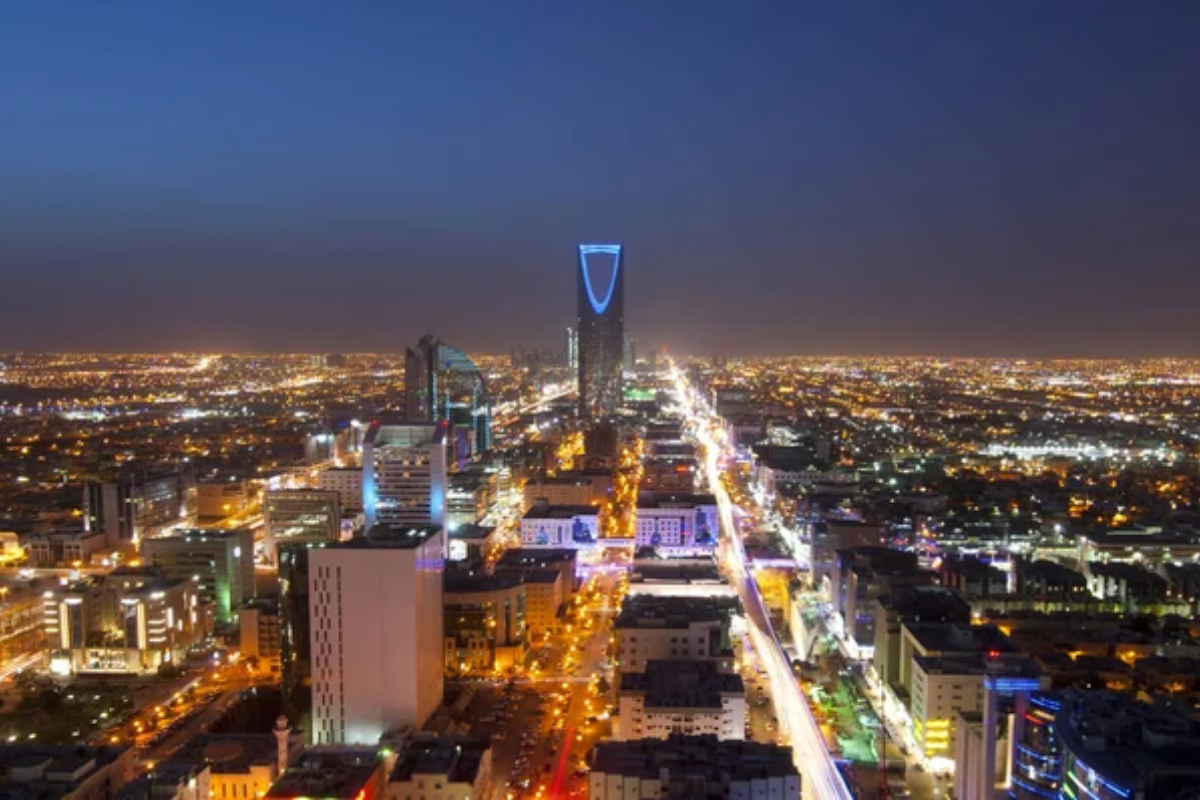
Saudi Arabia’s capital is in the midst of a $23 billion urban renewal project that’s rapidly changing its character. The King Abdullah Financial District, with its distinctive buildings, has created a new business center.
Meanwhile, the city is constructing one of the world’s largest metro systems from scratch, with six lines being built simultaneously. New cultural venues and public spaces like King Abdullah Park have transformed how residents interact with what was once an extremely car-dependent city.
Baku, Azerbaijan
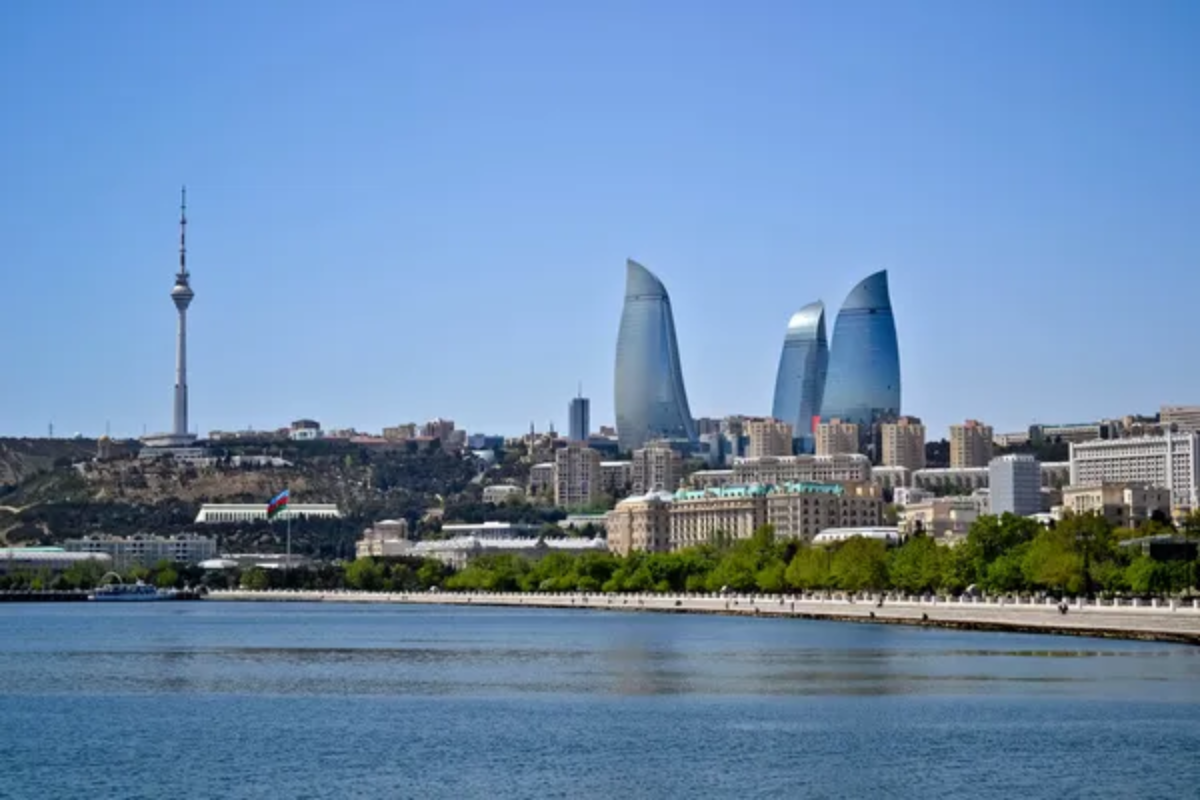
Azerbaijan’s capital has been transformed by a construction boom fueled by oil wealth. The addition of the flame-shaped Flame Towers created an instantly recognizable skyline.
The Heydar Aliyev Center, designed by Zaha Hadid, introduced a new architectural language to the city, while the extension of Baku Boulevard along the Caspian Sea created miles of new public space. The formerly industrial Black City area has been reimagined as the eco-friendly White City district.
Like Travel Pug’s content? Follow us on MSN.
Guangzhou, China
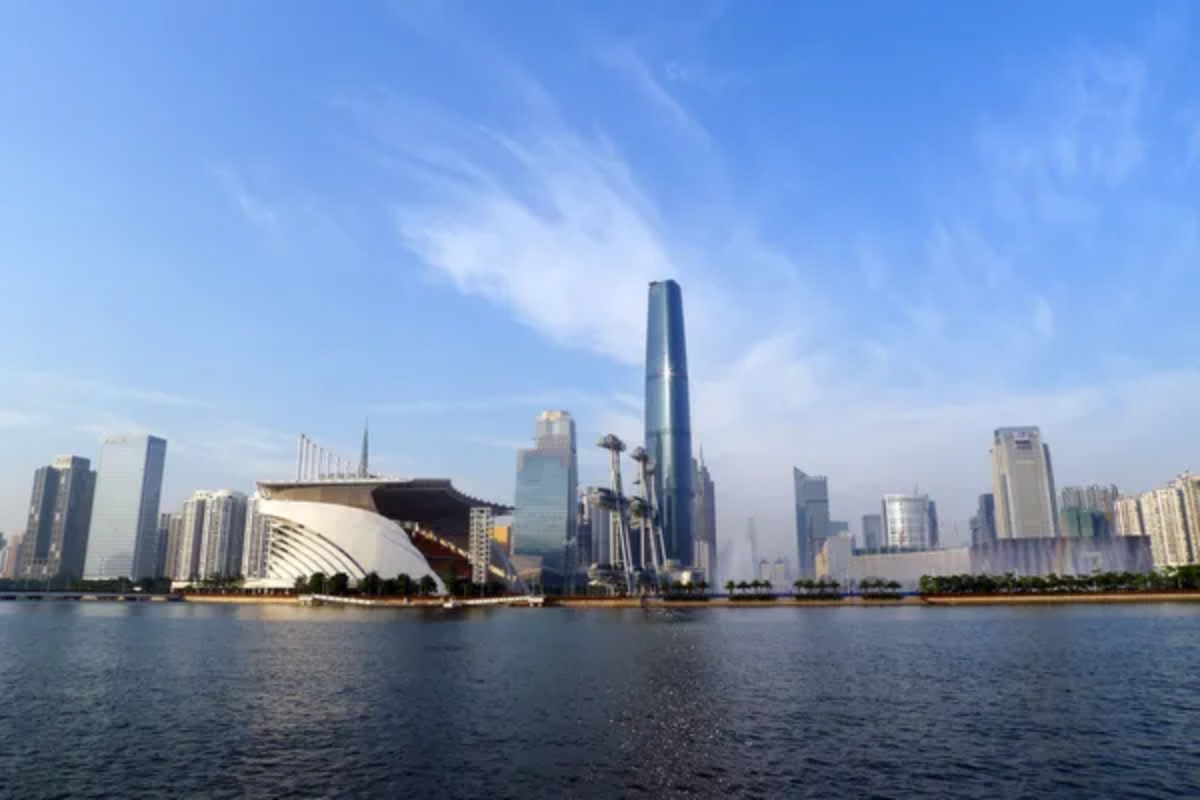
Guangzhou’s transformation has been centered around the Pearl River New City area, which has evolved from undeveloped land to a forest of skyscrapers in just a decade. The completion of the 1,739-foot CTF Finance Centre and the distinctive Canton Tower has redefined the city’s image.
The Zhujiang New Town area features one of the largest planned central business districts in the world. At the same time, the city’s transportation system has expanded to include one of China’s most extensive metro networks.
Miami, Florida
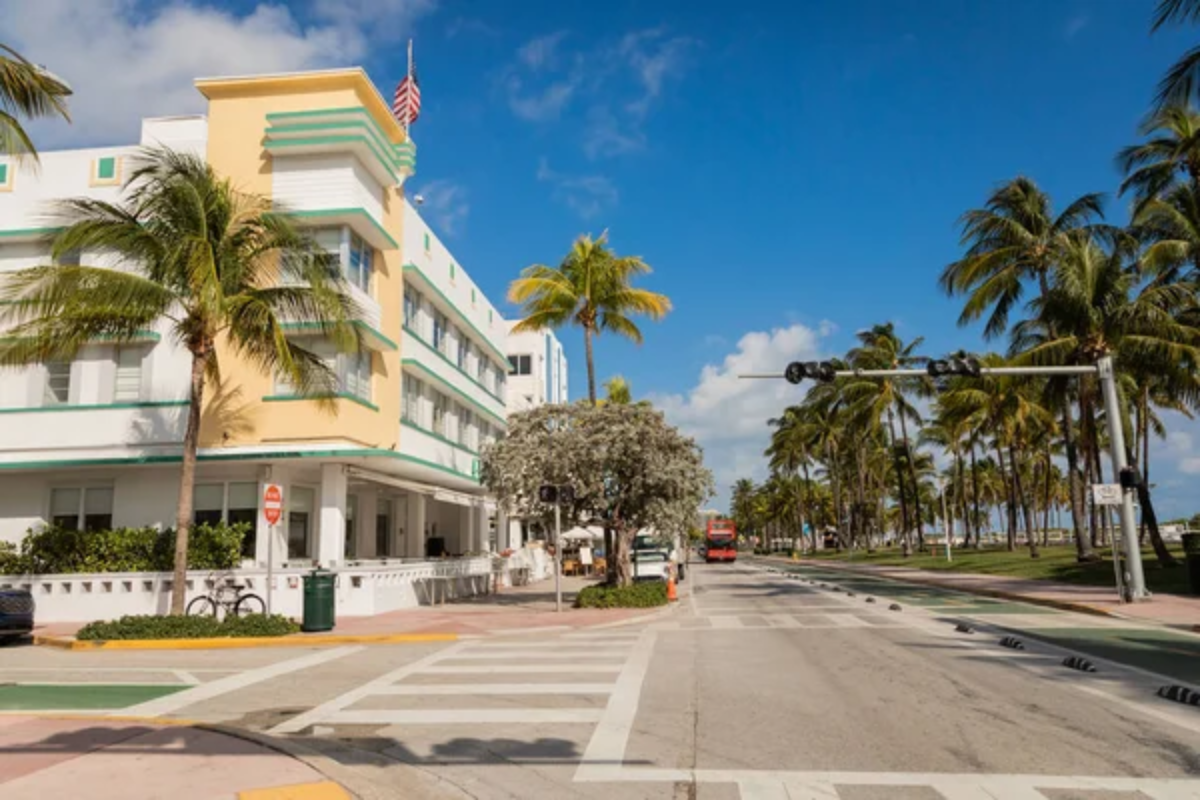
Miami’s evolution has been centered around neighborhoods like Wynwood, which transformed from a warehouse district to a global arts destination, and Brickell, which has developed one of the densest skylines in the United States. The addition of landmarks like the Pérez Art Museum Miami and the Phillip and Patricia Frost Museum of Science has created a new cultural corridor.
Meanwhile, the Design District has evolved from a neglected area to a luxury shopping and arts center that continues to expand.
Seoul, South Korea
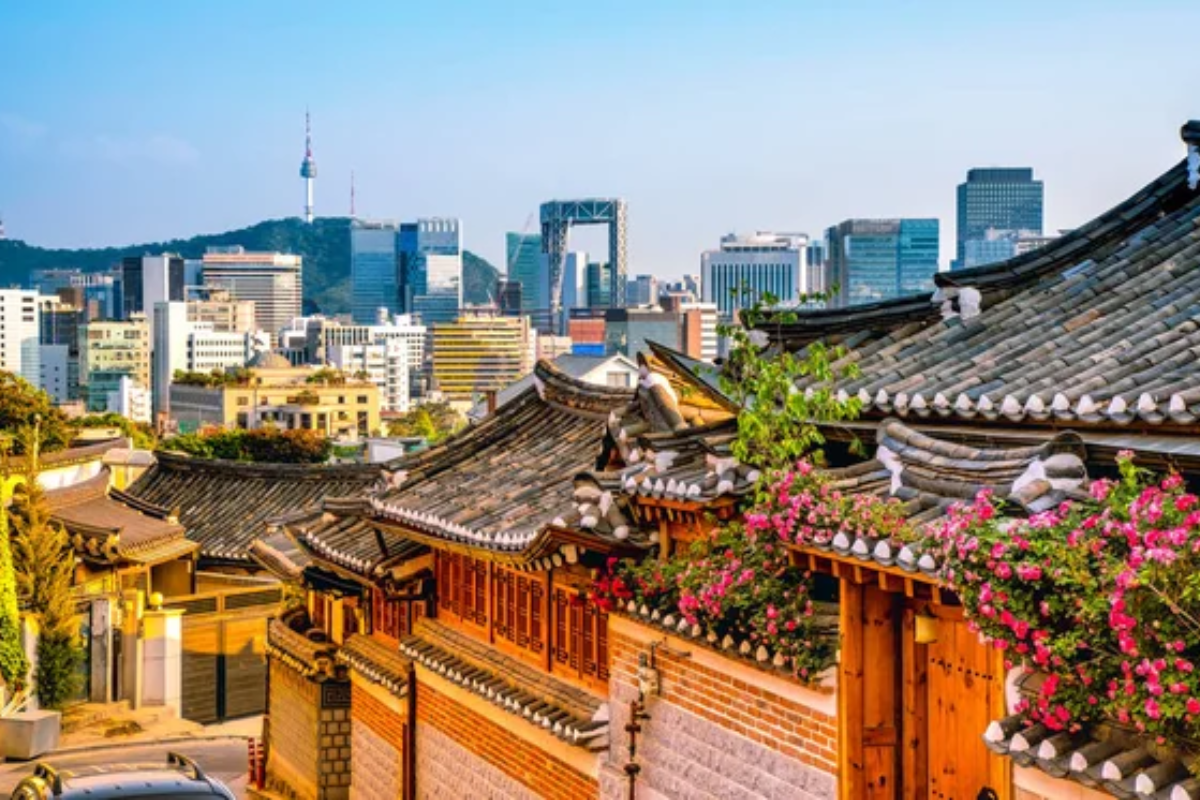
Seoul’s transformation includes the restoration of the Cheonggyecheon Stream, which replaced an elevated highway with a 7-mile urban waterway. The Dongdaemun Design Plaza, with its distinctively fluid architecture, created a new landmark and public space. New skyscrapers like the Lotte World Tower have dramatically altered the skyline.
At the same time, the city’s extensive subway system has continued to expand, making it one of the largest and most efficient public transportation networks in the world.
Like Travel Pug’s content? Follow us on MSN.
Urban Evolution in the Modern Era
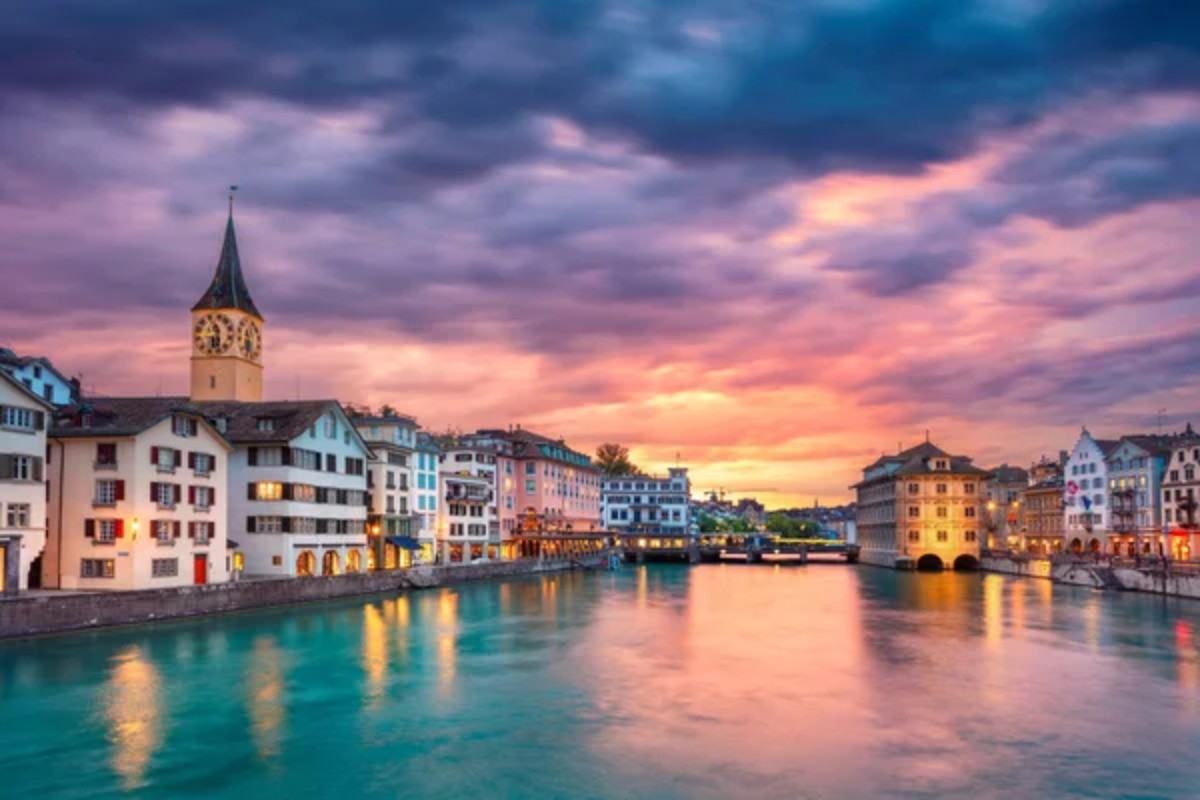
These dramatic urban transformations reflect broader economic shifts, changing cultural values, and new approaches to city planning. While some cities have expanded upward and outward with new construction, others have focused on reclaiming and repurposing existing spaces.
They share the remarkable pace of change, creating urban environments that provide dramatically different experiences than they did just ten years ago.
More from Travel Pug

- Cities Growing so Fast You Won’t Recognize Them in 10 Years
- 13 Destinations Where Tourists Regularly Regret Their Trip
- 16 U.S. Cities That Are Quietly Becoming Travel Hotspots
- Where to Travel If You Love Long Bus Rides and Daydreams
- 20 Cities Perfect for Solo Travelers Who Crave Adventure & Culture
Like Travel Pug’s content? Follow us on MSN.
